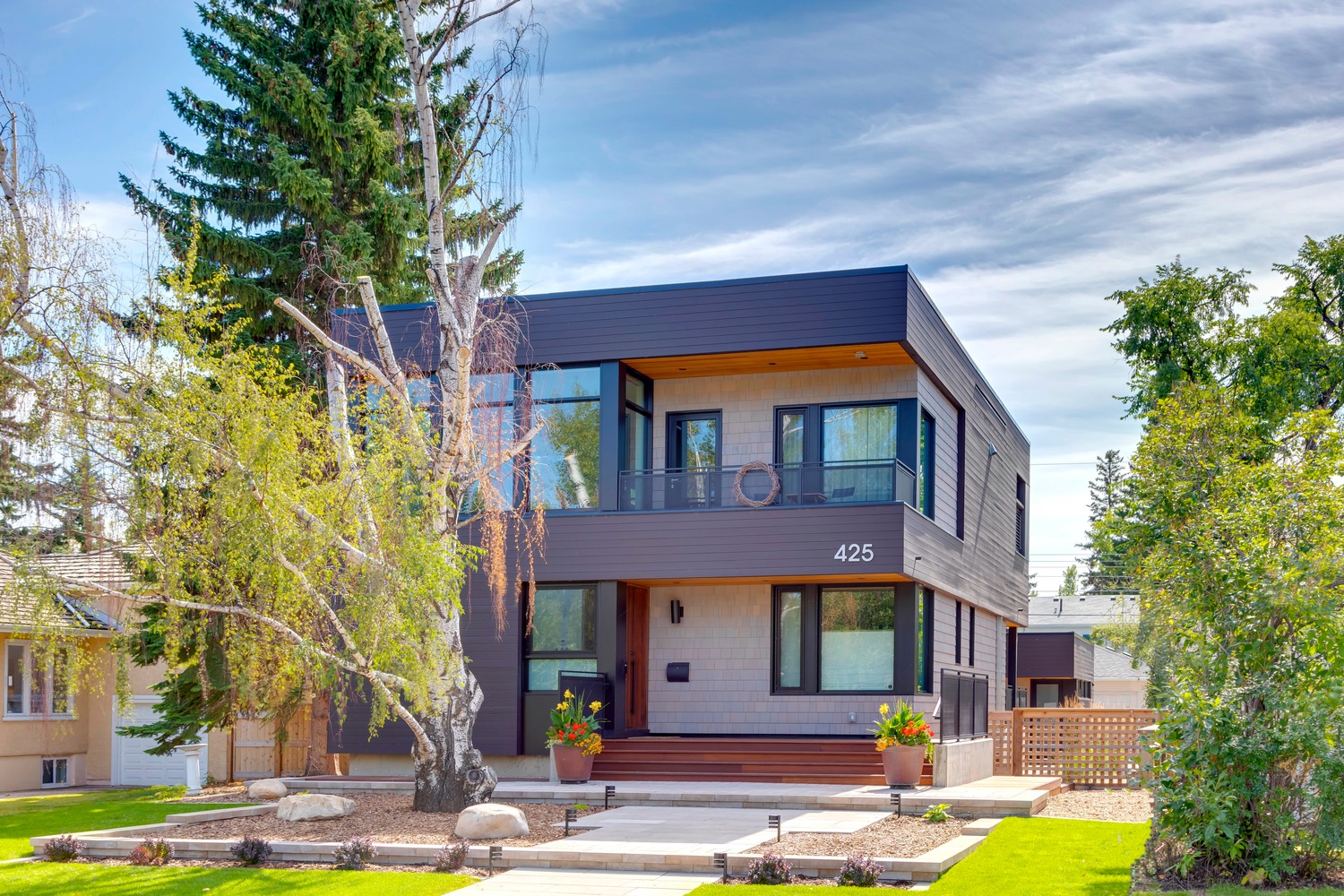
WILL YOUR NEXT HOME BE NET ZERO?
The government of Canada is taking an active stance on mitigating climate change impacts and reducing green-house gas emissions from residential construction with a mandate to develop a net-zero energy model building code, with the goal that provinces adopt it by 2030.
As people are becoming more aware of the effect the building industry has on the environment, Capstone takes a consumer driven approach to educate our clients with the information required to make responsible decisions for their family and the environment.
What is Net Zero?
There have been several conservation programs over the years; R-2000 and Energy Star, for example, but the CHBA’s Net Zero is the current gold standard and defined as follows:
A Net Zero (NZE) home, is a building for which the amount of energy provided by on-site renewable energy sources is equal to the amount of energy used by the building, over the course of one year.
A Net Zero Ready home is built to the same energy conservation standards as above but is not yet connected to renewable energy systems like solar, for example.
One of the biggest misconceptions is that building a Net Zero Home is drastically different from conventional construction, but it’s simply a matter of implementing construction technologies to increase energy efficiency and provide energy production through on-site renewable energy sources, such as solar.
Building an energy efficient home includes components that ensure the building envelope and the mechanical systems increase the overall performance and comfort of the home and can include the following:
- Energy Efficient Design optimizes site location, window placement, design elements like overhangs and shading structures to provide optimal heating and cooling. Roof details should provide enough space on the roof for Solar Panels or consideration for integrated solar roof shingles, to produce the energy for the home to make it Net Zero.
- Insulation Working through the construction details of the wall and roof assemblies to create a thermal envelope that provides energy efficiency and comfort. Technologies such as BONE STRUCTURE (patented steel frame technology) or SIPS (structural insulated panels) provide alternatives to traditional wood frame construction, reducing thermal bridging and often increasing R- value.
- Airtightness Implementing an exterior air barrier system, paying close attention to air sealing details and performing a blower door test to detect air leaks before drywall goes on is imperative.
- High Efficiency mechanical and ventilation systems Selecting energy efficient products for heating, cooling, domestic water management, and heat recovery ventilation like HRV’s and ERV’s provide optimal efficiency, air quality and comfort for the home’s occupants.
- High Efficiency Appliances Purchasing Energy Star rated appliances like induction cooktops, front loading high RPM washers, heat pump condensing dryers, for example, can considerably lower overall household energy usage.
At Capstone Homes, we believe that environmental responsibility, energy efficiency, and healthy indoor living go hand in hand with comfort, convenience, and great design.
Will your next home be Net Zero? For more information or to learn more, connect with Capstone Homes today!
